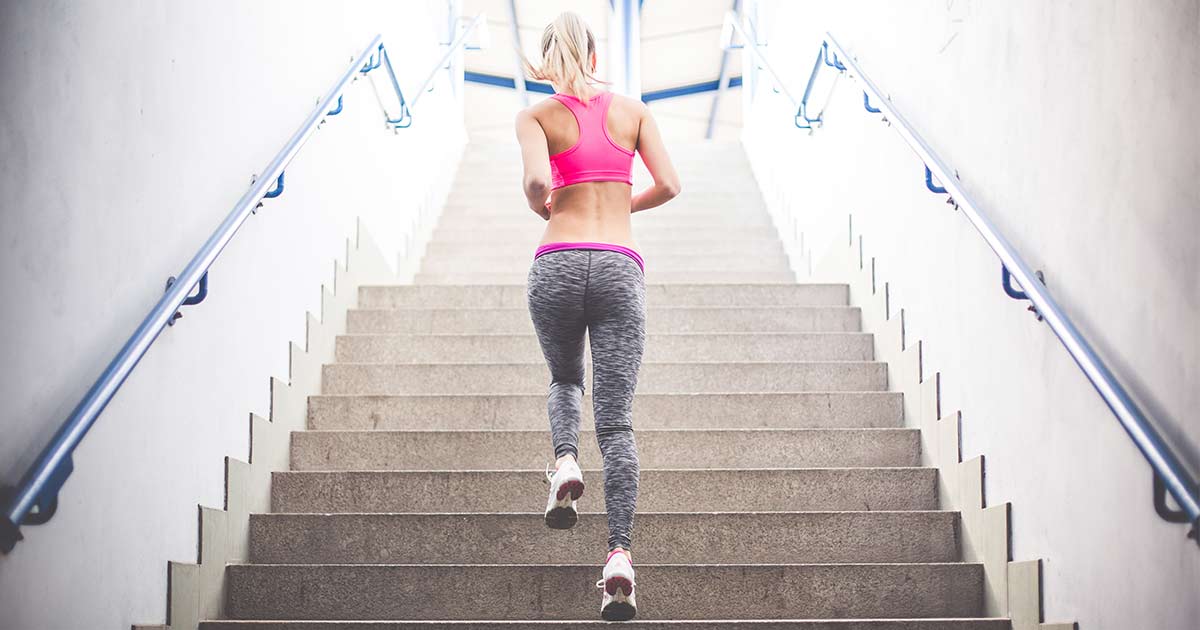5 Ways to recover faster from workouts
It happens often. We get overexcited to train, see results fast and end up working out every day. Although it is beneficial to introduce different types of exercises to our daily routine, it is also crucial to understand the recovery process that comes with it.
If we wish to boost our immune system and keep our energy level high all year round, then we need to introduce recovery to our routines.
How can recovery be implemented quickly and efficiently? Here are 5 different ways to do so:
1. Nutrition

Protein: Protein intervenes with muscle fibre repair. It is paramount right after a workout, the fast absorbing types of protein especially and can be found in the form of whey protein.
Carbs: Highly needed to restore glycogen levels, carbs are the fuel to our bodies. It is often removed from diets because of its reputation of causing weight gain rather than helping out individuals to lose weight. If we are worried to ingest carbs then the safest time to do so is right after a workout within a 30-minute timeframe.
Hydration: When we are not exercising, we need to drink (1.5L a day) therefore when we are working out, we need to hydrate even more (2L a day), and water preferably. Hydration influences digestion, regulates circulation and flow blood, and keeps fascia—muscle connective tissue, spongy.
2. Sleep

We recover through different stages when we sleep. Put simply, we integrate what we learnt during the day and restore our muscles. The more stages we go through during the night, the more we get a chance to recover. The amount of time we spend in our beds is important, but quality is predominant.
Quality sleep: When it is dark outside, our bodies produces melatonin, indicating that it is time to reach our beds. To improve quality, it is preferable to sleep in complete darkness and avoid using blue screens (phones, tablets, TV), and of course, drinking and eating heavy meals also have negative impacts on sleep stages.
Power Naps: They are a great idea if they don’t exceed 20 minutes. Passed that time, we enter a deep cycle during which it is harder for us to wake up.
3. Nervous system

The autonomic nervous system is responsible for regulating breathing, heartbeat and metabolism. It is comprised of three systems, from which two are major for workout recovery: the sympathetic nervous system and parasympathetic nervous system which have opposite physiological roles. Under the sympathetic nervous system we are on alert, ready for physical activity, while under the parasympathetic, we digest and decompress. Ideally, we want to alternate both to maintain balance.
Meditation: The idea is to let go of any stressful state and be present in the moment. We want to relax, breathe through the nose and bring our nervous system to a parasympathetic state, soft muscles and as little tension as possible.
Yoga: The choice of yoga has different impacts on the restorative effects we are looking for to decompress. For instance, light flow and Hatha yoga have lower impact on the nervous system.
Massage: A specialised sport massage (different then a spa massage) targets sore muscles and specific tensed areas. Oftentimes some body parts are tricky to reach with foam roller or a lacrosse ball and need the intervention of a specialist. Some massages can be painful; therefore, we need to hydrate afterwards and schedule our next training far enough to give our bodies time to recover.
4. Warm-ups and cool-downs

Often overlooked, a longer warm up and a thought through cool down alleviate DOMS and unnecessary tensions. A warm-up is comprised of mobility exercises targeting joints and movements elevating heart rate in the form of ballistic actions (leg swings, banded monster walks etc.)
A cool down consists of 5 to 10 minutes at moderate pace on a rower, bike or simply running. We want to gradually bring back to normal the heart rate and breathing.
Active Recovery: We often think of resting as doing nothing when exercising lightly could be more beneficial for blood flow circulation. For instance, spending 20 minutes on a rower or jogging lightly not only boosts the mood but allows us to work on better form without having to worry about intensity.
5. Mobility/Flexibility

We are doing ourselves a favour if we mobilize and stretch in between workouts.
Mobility: with external elements such as a foam roller, lacrosse bands or Thera Bands, we improve our ranges of motions around the shoulder, knee and hip joints which are the most commonly used areas.
Flexibility: also known as stretching, it is an activity which is easily achieved while watching TV in a relaxed mood. The aim is to release muscle tension without applying too much stress on the body.
For instance, the renown ‘quad’ stretch (holding the feet behind our bottoms while stretching the quad) is better performed while the body is resting than right before a work out. Stretching, generally speaking, cools down body temperature (if done above 30secs) and it is therefore beneficial after a workout rather than prior.